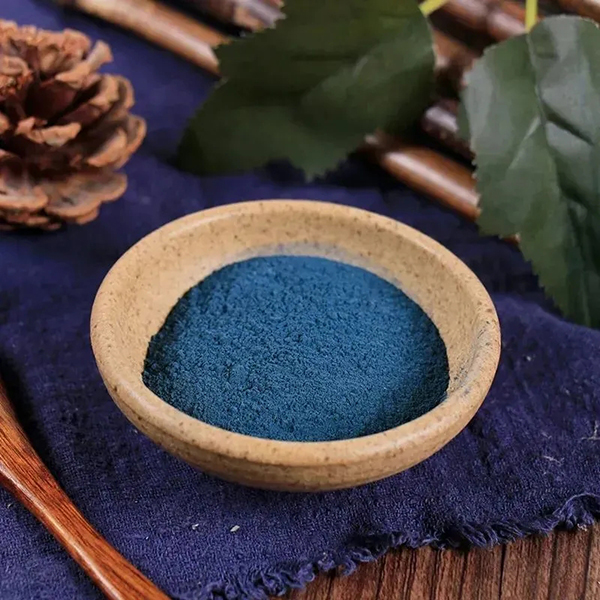Plant pigments come from nature. They not only have excellent biodegradability and environmental adaptability, but also have the antibacterial and health care function. Plant dyes dyed textiles become more and more popular among consumers. So Textiles dyed by plant dyes must be “green”. Is it right?
What Is Dyeing by Plant Dyes?
It is to extract pigments from the plants containing coloring matters that grow naturally in the nature and then use these plant dyes to dye. It is called plant dyeing.
Advantages of Plant Dyeing
Plant dyes are from nature. Most of them are easy to biodegrade and have natural color and luster, as well as have the antibacterial and health-caring function. During the dyeing process, chemical auxiliaries are not used or rarely used. In a sense, it is green and environmentally-friendly.
Disadvantages of Plant Dyes
1.Chromato gram is insufficient.
The chromato gram is insufficient. The color is dark. It is difficult to dye bright colors. At present, there is black, brown, khaki, grey, yellow, purple, green, pink and blue.
2.Poor light fastness
Most plant dyes have bad color fastness. Especially the light fastness is poor.
3.Poor color reproducibility
The color of the dye extracted from different plants in different places at different time is different. So it is easy to appear poor union dyeing property.
Wholesale 43018 Dyeing Mordant Manufacturer and Supplier | Innovative (textile-chem.com)
Post time: Feb-24-2024


